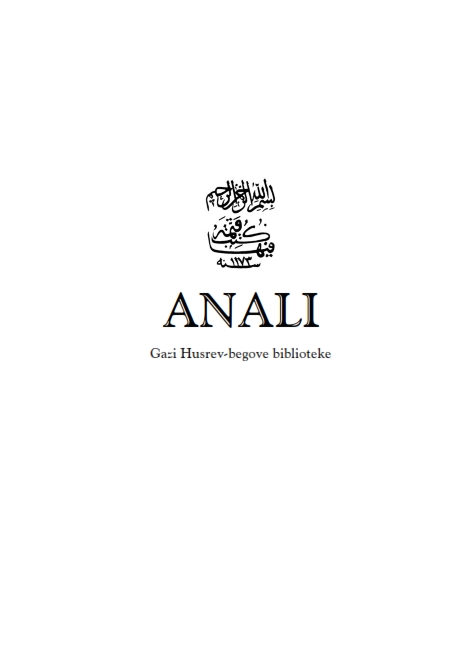DRUŠTVENO-PRAVNI POLOŽAJ MEDRESA NA KOSOVU U XX STOLJEĆU
IMPORTANCE AND POSITION OF MADRASAS IN KOSOVO OF 20TH CENTURY
Author(s): Špendi FidaniSubject(s): Political history, Recent History (1900 till today), Islam studies, Government/Political systems, Politics and religion, History of Education, State/Government and Education
Published by: Gazi Husrev-begova biblioteka
Keywords: madrasa; reform; identity; power; Kosovo;
Summary/Abstract: The madrasas in Kosovo were founded during the Ottoman Empire in the period from the 15th to the 19th centuries. They occupied a central place in the Ottoman educational system. Kosovo changed a number of state-legal frameworks during the 20th century: the Ottoman Empire (until 1912), the Kingdom of SHS (until 1929), the Kingdom of Yugoslavia (until 1941), Italy (until 1945), the FPRY and later the SFRY (until 1992), FR Yugoslavia (until 1999) and the period of the struggle for independence at the beginning of the 21st century. Each state had a different attitude towards the educational process conducted in madrasas. During the First World War, a large number of madrasas were closed. Those that survived have undergone numerous reforms. The most difficult period in their work in Kosovo was the period after the Second World War, namely from 1948 to 1952. Then all were closed. The lower Alaudin madrasa in Priština started to work in 1952, and in 1962 it became a high school madrasa. Until the end of the 20th century, Kosovo had only one madrasa. Separate departments for men were established in 1993 in Prizren and Gnjilan, while for girls in Priština and Prizren they were opened in 1997.
Journal: Anali Gazi Husrev-begove biblioteke
- Issue Year: 2019
- Issue No: 40
- Page Range: 201-215
- Page Count: 15
- Language: Bosnian

